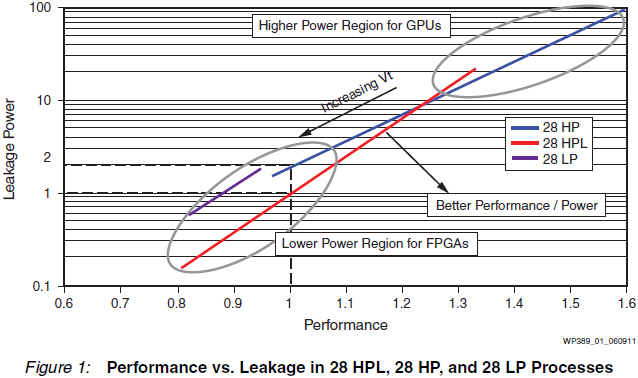The rumour mongers should launch the rumour that AMD is working with Elpida to create buried TSV DRAM stacks for use as fast storage ... I'd like to see it happen 
With Elpida sampling TSV DDR3 the technology should be almost ready (the buried DRAM layout is "just" a stack of TSV DRAM chips flipchip bonded to the bottom of the GPU chip, with a corresponding hollow in the carrier substrate ... obviously you would want a higher density of TSVs than with DDR3 though).
With Elpida sampling TSV DDR3 the technology should be almost ready (the buried DRAM layout is "just" a stack of TSV DRAM chips flipchip bonded to the bottom of the GPU chip, with a corresponding hollow in the carrier substrate ... obviously you would want a higher density of TSVs than with DDR3 though).

